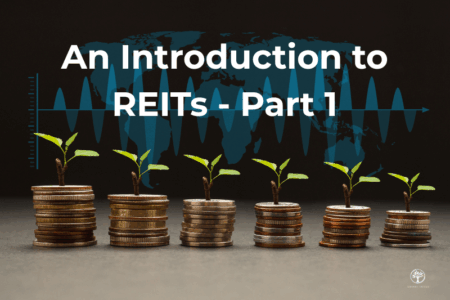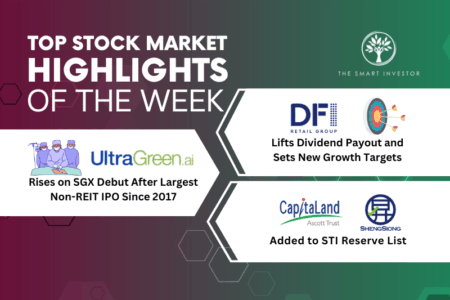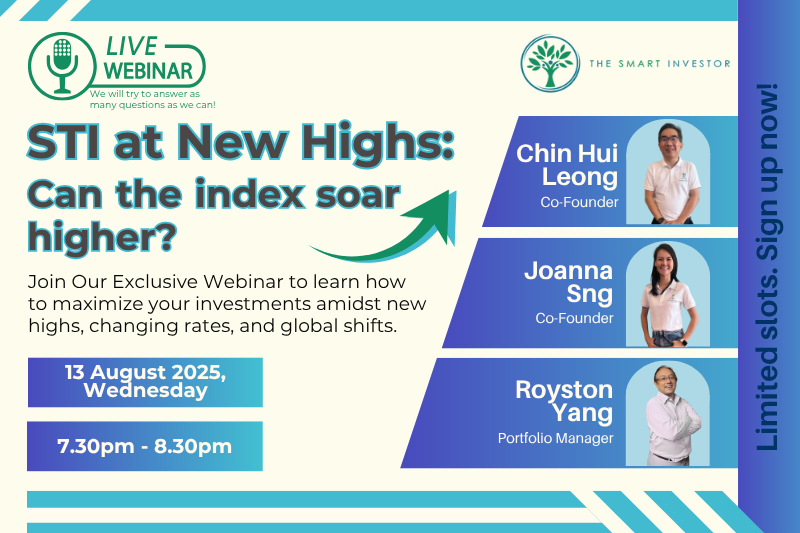Straits Times Index (^STI) is the main benchmark of Singapore’s stock market.
The index tracks the top 30 listed companies on the Singapore Exchange (SGX).
Collectively known as blue chips, they are often regarded as well-established with strong reputations and solid financial standing.
While they are less volatile, they are by no-means risk free.
Sector Allocation
The STI’s 30 blue chip stocks cut across multiple industries of Singapore’s diverse economy.
The index, however, is heavily weighted towards financials, namely the three largest banks in Singapore and Singapore Exchange Ltd (SGX: S68).
Together, DBS Group Holdings Ltd (SGX:D05), Oversea-Chinese Banking Corporation Ltd (SGX: O39) and United Overseas Bank Ltd (SGX:U11), make up nearly 50% of the STI, slightly more than half the index.
Real estate is another key contributor with constituents like CapitaLand Integrated Commercial Trust (SGX: C38U) and CapitaLand Ascendas REIT (SGX: A17U), making up around 16% of the STI.
Industrials account for almost 10% of the index, making it the third largest sector.
Jardine Matheson Holdings (SGX: J36) holds the largest weightage at 3.8% of the index.
Alongside notable names like SATS Ltd (SGX: S58) and Sembcorp Industries Ltd (SGX:U96), investors can gain exposure to the airline catering and utilities sectors.
At the other end of the spectrum, technology is the smallest arm in the index with a weightage of just 0.89%.
Gaining Exposure
Investing in the STI is made easier with exchange-traded funds (ETFs), the most popular being the SPDR STI ETF (SGX: ES3).
Using a full replication strategy, it holds the same constituents of the STI with nearly the same weightage.
That is why its performance has stayed within splitting distance to the index, with a tracking error of around 0.23% over the last 12 months (as on 31 August 2025).
On top of that, it pays out dividends twice a year, offering a yield of 4.1%, as of 16 September 2025.
Sounds pretty attractive, especially for those looking for steady income.
Dividends also make up a sizable portion of returns, considering how its 10-year annualised return is 7.76%, as of the end of August 2025.
However, these returns can be eroded by fund maintenance fees.
Fortunately, ES3 keeps costs low with an expense ratio of just 0.28% (as of 30 June 2024).
A lower expense ratio allows a larger portion of invested funds to remain invested, instead of being eaten up by fees.
On top of that, the fund is highly liquid.
With over S$2 billion in assets under management, they can be bought and sold easily on the stock exchange.
Monthly factsheets with all key information about the fund are also uploaded for retail investors, allowing them to know exactly what they own.
Risk to Keep in Mind
Although blue chips are generally seen as relatively safe, they are investments and will still carry risk.
ES3 is no exception, especially with its heavy weighting in financials, and exposure to real estate and industrials.
It remains vulnerable to shifts in the economy.
And as always, historical performance does not guarantee future results.
Depending on market conditions, dividend payouts and share prices are bound to fluctuate.
Get Smart: A Core Building Block
Overall, the 30 blue chips form the backbone of Singapore’s economy.
While risks cannot be ignored, these heavyweights still can serve as a reliable foundation, offering security and access to the best businesses in the nation.
How do rich Singaporeans invest when volatility hits?
They turn to companies with cash, history, and discipline. This free report highlights 5 blue chips that deserve your attention. Get your copy here and see who made the list.
Follow us on Facebook, Instagram and Telegram for the latest investing news and analyses!
Disclosure: Charlyn Tan owns shares DBS, OCBC, and SGX.





